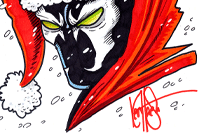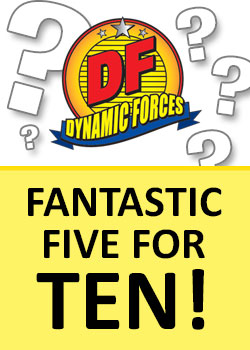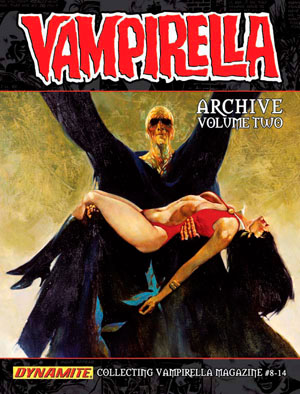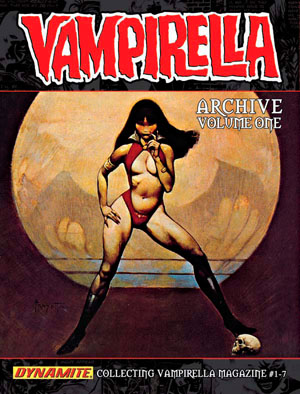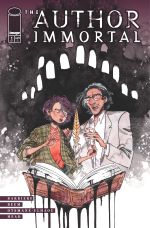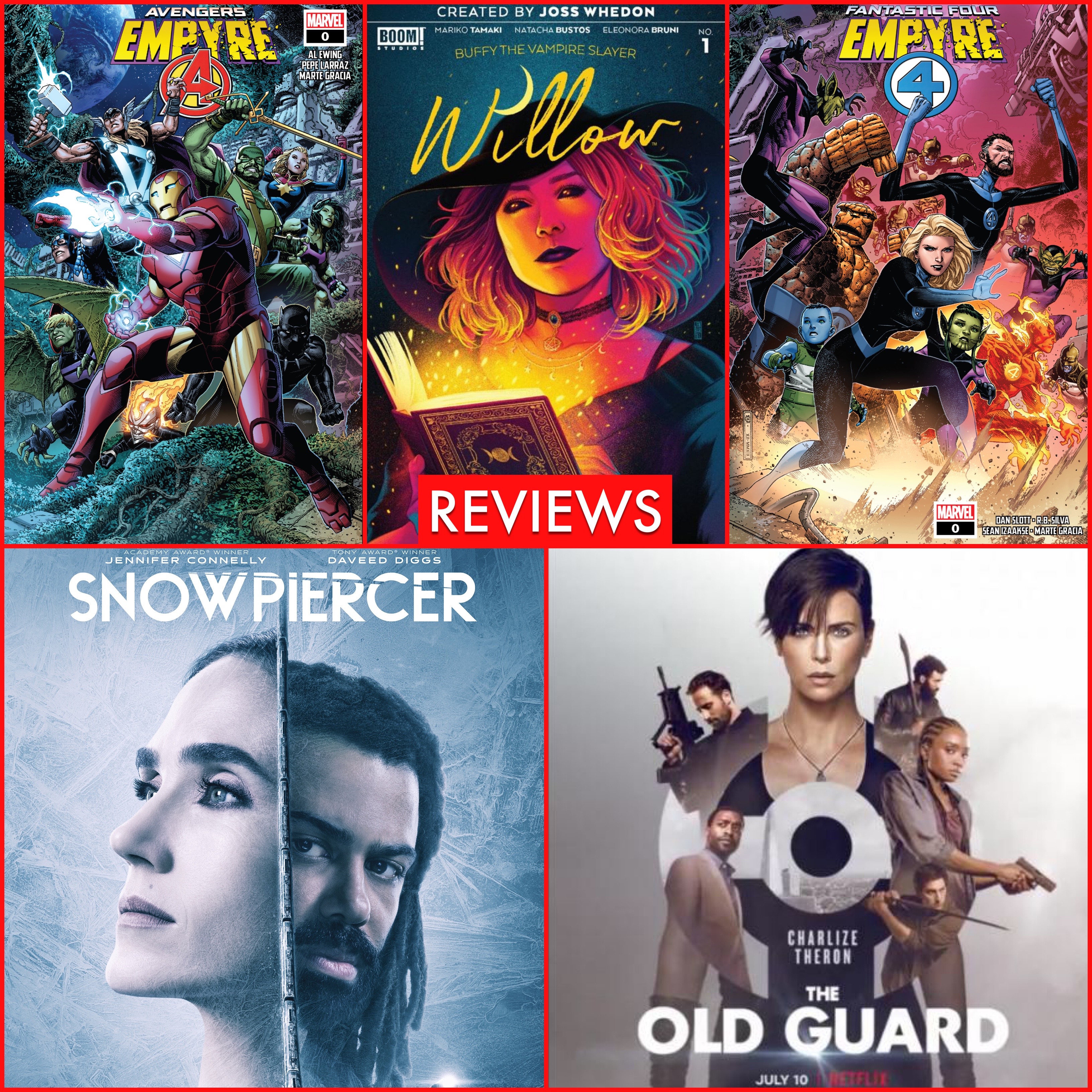|

|
NEAL ADAMS Neal Adams
Born June 6, 1941 (age 65)
Governors Island, Manhattan, New York City
Nationality American
Area(s) Penciller, Inker, Writer, Editor, Publisher
Notable works Batman
Green Arrow
X-Men
Awards Alley Awards
Best Cover (1967)
Best Full-Length Story (1968, with Bob Haney)
Best Pencil Artist (1969)
Shazam Awards
Best Individual Story (1970 and 1971, with Dennis O'Neil)
Best Pencil Artist (Dramatic Division) (1970)
Neal Adams (born June 6, 1941, Governors Island, Manhattan, New York City) is an American comic book and commercial artist best known for his highly naturalistic style of illustration. He has helped create some of the definitive modern Imagery of the DC Comics characters Batman, Green Arrow, and others. Adams has named artists Joe Kubert, Russ Heath, and Mort Drucker as his influences.[citation needed] Other influences include Jack Kirby, Stan Drake, and Jim Steranko.
Biography
Early life and career
Strange Adventures #207 (Dec. 1967): One of Adams's earliest DC Comics covers, and his first for his signature character Deadman, already shows a mature style and a boundary-pushing innovativeness for the time.Adams attended the High School of Industrial Art in Manhattan, and shortly after graduation began working in the advertising industry. Interested in comic books, he unsuccessfully submitted art samples to DC Comics, but did find uncredited freelance work drawing Bat Masterson for Archie Comics.[citation needed] In 1962, Adams began his comics career in earnest at the NEA newspaper syndicated, working as an anonymous assistant on such comic strips as Peter Scratch, Rip Kirby, and The Heart of Juliet Jones before being given his own strip, Ben Casey, based on the medical drama TV series. This comic strip ran from 1962 through 1965.
Silver Age splash
After Archie Goodwin, editor of Warren Publishing's black-and-white horror-comics magazines began running his work, Adams reapproached DC. In 1968, nearing the end of what historians call the Silver Age of comic books, but an exciting time for the industry, Adams made an immediate splash with the feature "Deadman" in Strange Adventures, and quickly became the company's premiere cover artist.
This led to a stint at Marvel Comics, where Adams teamed with writer Roy Thomas on X-Men, then on the verge of cancellation. Though the duo failed to save the title (which ended its initial run with #66), their collaboration on issues #56-63 (May-Dec. 1969) - and on the "Kree-Skrull War" arc of The Avengers #93-97 (Nov. 1971 - May 1972) - produced what comics historians regard as some of Marvel's creative highlights of the era. He also collaborated with Stan Lee on two issues of The Mighty Thor.
Continuity and creators' rights
Green Lantern vol. 2, #76 (April 1970). Cover art by Neal Adams.In the early 1970s, Adams and frequent writing collaborator Dennis O'Neil did a celebrated and, for the time, controversial revamping of the longstanding DC characters Green Lantern and Green Arrow, teaming them in a long story arc in the former's title in which the two undertook a social-commentary journey across America. Adams and O'Neil revitalized Batman with a series of noteworthy stories reestablishing the character's dark, brooding nature and taking the books away from the campy look and feel of the 1966-69 TV series. Adams' pencil drawings were frequently inked by artist Dick Giordano, with whom Adams formed Continuity Associates, a company that primarily supplied storyboards for motion pictures. In the early 1970s, Adams was the art director, costume designer, as well as the poster/Playbill illustrator for Warp, a science fiction stage play by Bury St. Edmund and Stuart Gordon that had had some cult success in Chicago, and which played on Broadway from Feb. 14-18, 1973, at the original Ambasasador Theatre.
X-Men #63 (Dec. 1969), art by Neal Adams and Tom PalmerAfter the early 1970s, Adams seldom did interior art for comic books, but continued to be a much-in-demand cover artist. A stormy collaboration with Harlan Ellison produced Adams' last mainstream comic story-art, the Now Comics' one-shot The Twilight Zone (Oct. 1991), based on concepts from the classic TV series.
During the 1970s, Adams was politically active in the industry, and attempted to unionize its creative community. His efforts, along with precedents set by Atlas/Seaboard Comics' creator-friendly policies and other factors, helped lead to modern industry's standard practice of returning original artwork to the artist, who can earn additional income from art sales to collectors. Adams notably and vocally helped lead the lobbying efforts that resulted in Superman creators Jerry Siegel and Joe Shuster receiving decades-overdue credit and some financial remuneration by DC.
Also during the 1970s, Adams illustrated paperback novels in the Tarzan series and did some film work. With the independent-comic publishing boom of the early 1980s, he began working for Pacific Comics and other publishers, and founded his own Continuity Comics as an off-shoot of Continuity Associates. His comic-book company's characters include Megalith, Bucky O'Hare, Skeleton Warriors, CyberRad, and Ms. Mystic.
Awards
Adams won Alley Awards in 1967 for Best Cover (Strange Adventures #207); in 1968 for Best Full-Length Story ("Track of the Hook" in The Brave and the Bold #79, with writer Bob Haney); and in 1969 for Best Pencil Artist. He was inducted into the Alley Award Hall of Fame in 1969.
He also won Shazam Awards in 1970 for Best Individual Story ("No Evil Shall Escape My Sight" in Green Lantern #76, with writer Dennis O'Neil), and Best Pencil Artist (Dramatic Division); and in 1971 for Best Individual Story ("Snowbirds Don't Fly" in Green Lantern #85, with O'Neil).
Adams was a finalist for induction into the Harvey Awards' Jack Kirby Hall of Fame in 1990 and 1991, and was inducted in 1999.
Quotes
Harlan Ellison: "There are artists who come along who do wonderful work, innovative work, even stylistically seminal or germinal work, but they don't change the face of the craft or the social conscience of the industry. Neal did that".
Bob McLeod on breaking into comics in 1973: "Pat told me I really ought to meet Neal Adams, whom he had met at DC. ... At that time, Neal held a position of respect in the industry that no one in comics since then has achieved. He was the single most respected artist in the business. ... Neal looked at one of my samples and asked me what kind of work I was looking for. I said 'Anything that pays.' (By that time, I was down to my last $10....) He just picked up the phone and called the production manager at Marvel and said, 'I've got a guy here who has some potential as, well, some potential as an artist, but I think he has a lot of potential as a letterer.' I was immediately hired at Marvel in the production department on Neal's recommendation, and they still didn't even want to see my portfolio. If I was good enough for Neal, I was good enough for them".
Trivia
Adams has very publicly promoted a theory (credited to Samuel Warren Carey) that the Earth is hollow and (along with every other celestial body) is growing. He has spoken at length on this through articles and animations on his official site, www.NealAdams.com, and participated in an article about the subject in Wired Magazine. (See References, below.) You can hear Adams expound upon his model on the The Skeptics' Guide to the Universe podcast.
In an early 1980s issue of Fantastic Four, Johnny Storm was captured by a villain who believed he needed to re-ignite the Earth's core; the villain's name, Alden Maas, is an anagram of Neal Adams.
Adams appeared on the radio show Coast to Coast with George Noory on March 16, 2006, and Coast to Coast with Art Bell on August 12, 2006, to discuss hollow-Earth/expanding-planet theory.
This article uses material from Wikipedia and is licensed under the GNU Free Documentation License.All material is compiled from numerous sources and may not be accurate. Dynamic Forces, Inc and all of its subsidiaries cannot guarantee the validity of the content. |
 |

